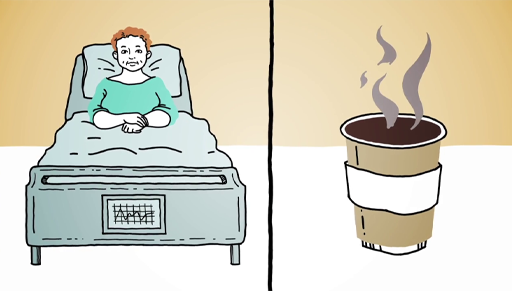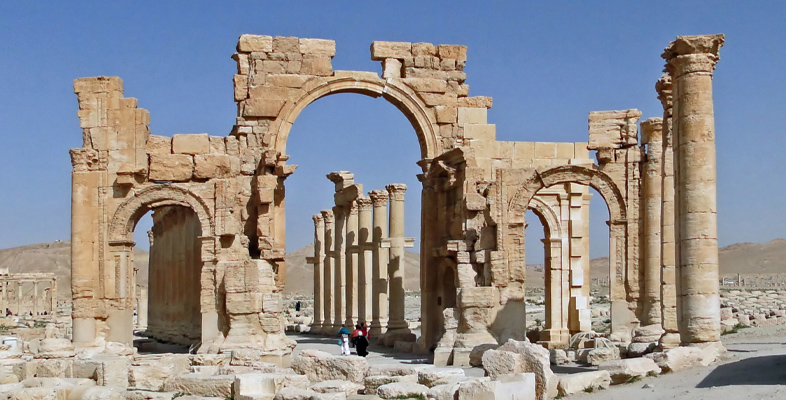2.4 Cultural heritage and the aggregation problem
The important question for this course is: does the aggregation problem apply to the value of heritage and human lives?
Some believe it does. The video below recaps the aggregation problem and outlines one way it might be relevant to the topic at hand.

Transcript: Video 7
You have seen that heritage can be good in a variety of ways: pleasing us with its beauty; teaching us about the past; and commemorating or reminding us of historic individuals or events, etc. Yet, arguably, each of these benefits is rather small for each individual who enjoys them. Thus, while a single piece of heritage might provide millions of people with these minor goods, it is not clear that we would be justified in allowing even one death to save it.
Aggregating across the millions of people who benefit from the heritage, its overall value seems to be huge. Yet, perhaps these benefits are too trivial to add up in the way they would need to in order to make a human life a permissible trade? If we couldn’t ethically sacrifice someone to guarantee the World Cup stayed on air, why think we could sacrifice someone to keep Notre-Dame standing?
If the benefits of heritage are indeed too minor to be added up and counted as something significant, as the aggregation problem indicates, we may never forfeit lives for the protection of heritage. Both in terms of military decisions and government and charitable spending, heritage must always be abandoned if that is necessary to save even a single person.
Activity 6 Aggregating the value of cultural heritage’s benefits
Discussion
If you answered ‘yes’, you may disagree with the aggregation problem or believe that it does not apply to heritage vs lives dilemmas. On the other hand, if you answered ‘no’, you may believe the aggregation problem is indeed serious and does apply to heritage vs lives dilemmas. Either way, the next poll allows you to test your intuitions by setting (or refusing to set) a precise threshold at which a trade-off between human life and heritage becomes morally permissible.
Discussion
There are many reasons you may have struggled to choose any of the precise figures as answers to this poll. One is that you believe in the aggregation problem, and so don’t believe any number of heritage fans would make sacrificing the life permissible. Alternatively, perhaps you believe a calculation is possible here, but more information is necessary to give a concrete answer, or that no concrete answer is possible because this is a morally vague area.
These sorts of questions are incredibly challenging and so we sometimes try to avoid answering them. Nevertheless, it is worth stressing that militaries, governments, and individuals who donate to charity often implicitly provide answers to questions like these with their actions, whether they acknowledge this or not. For instance, a government which divides its spending between heritage conservation and healthcare is implicitly favouring a certain balance between protecting heritage and saving lives.
The next section of this course will get you to reflect on what you have learned by answering five short questions.
